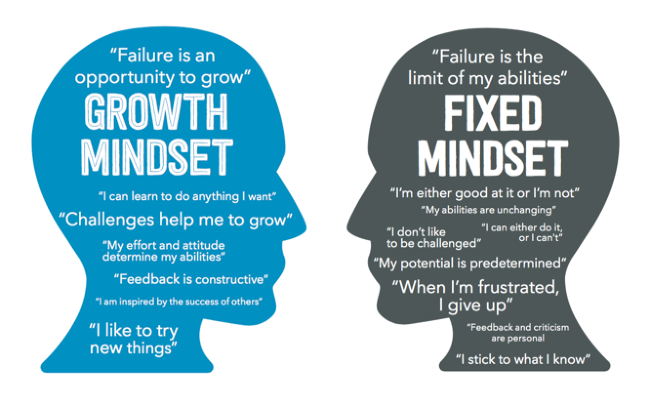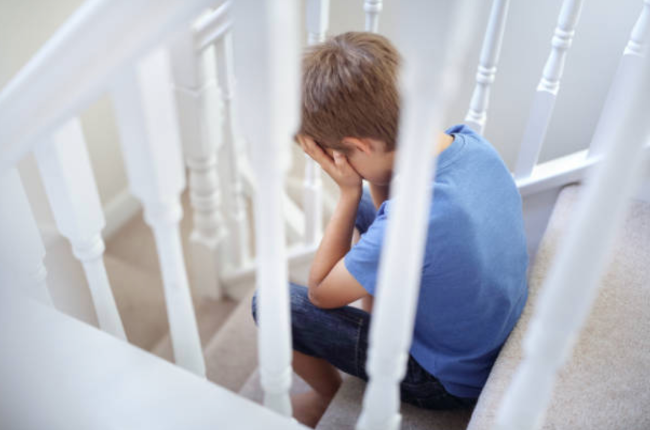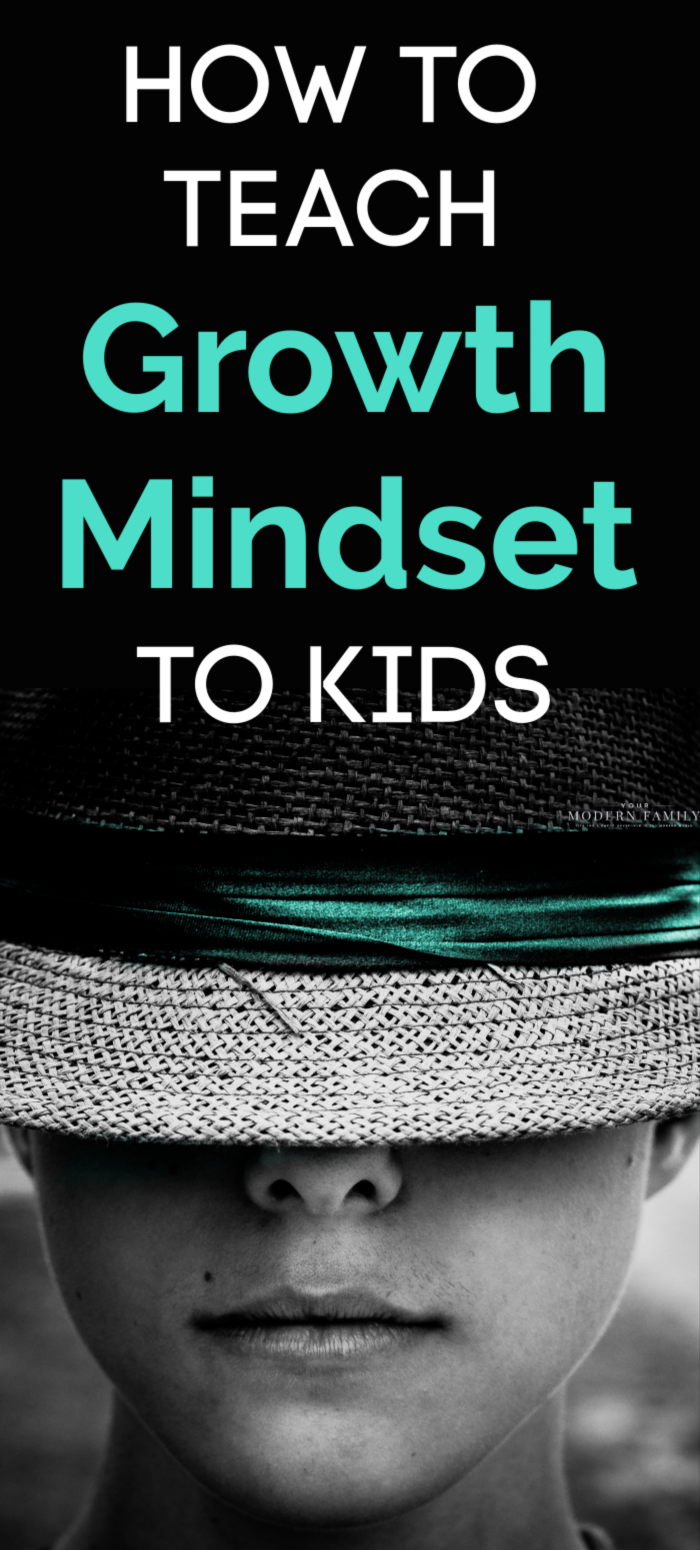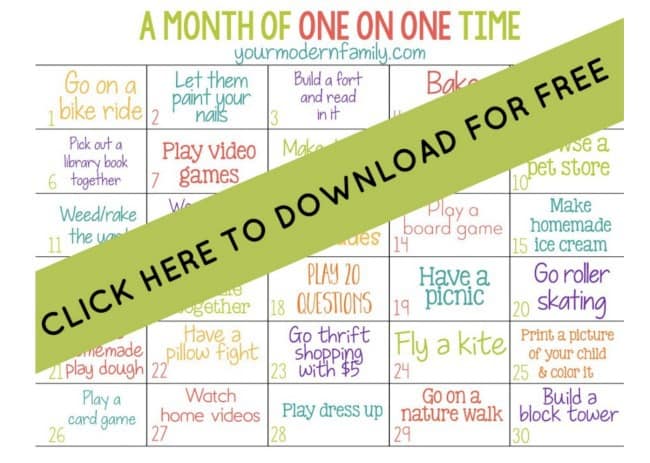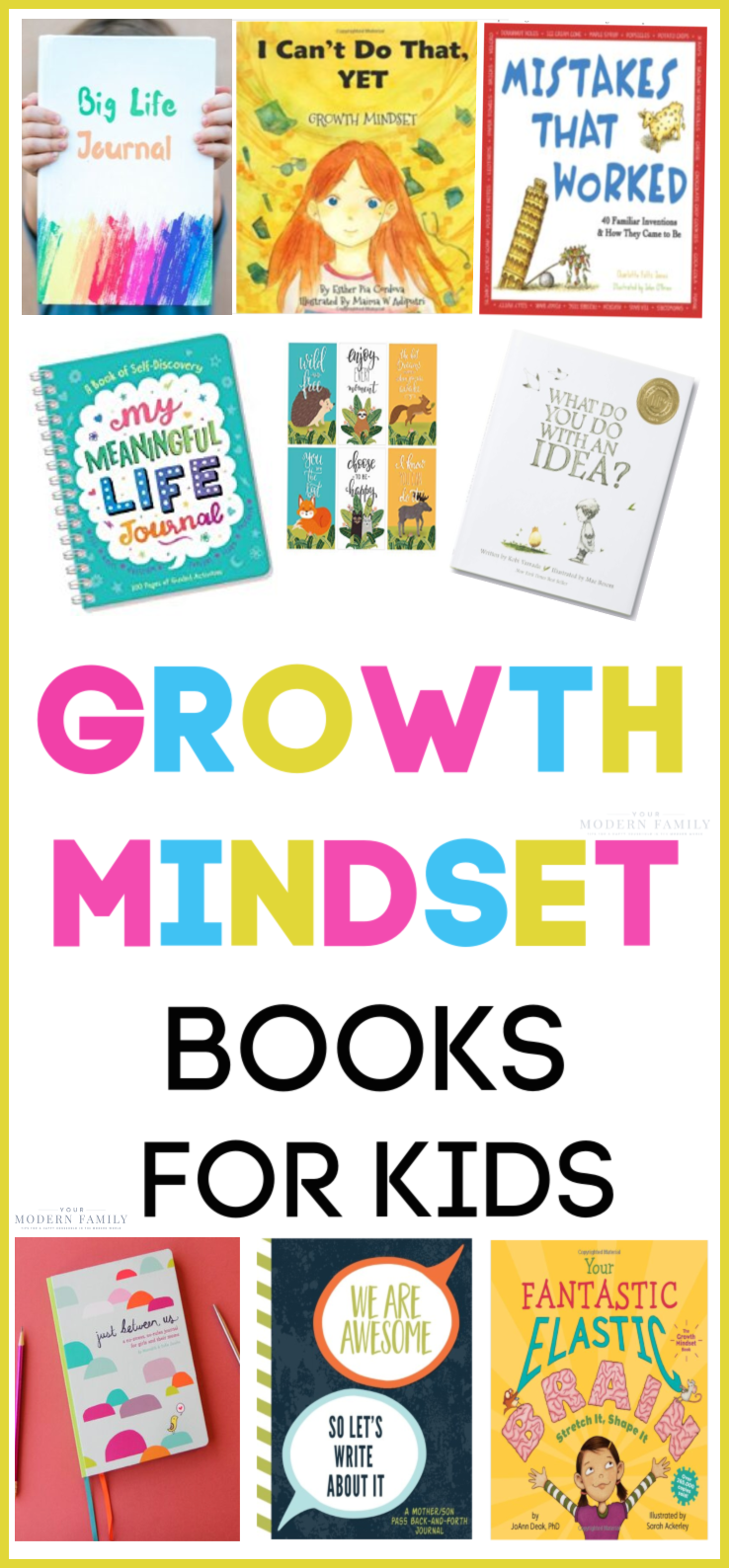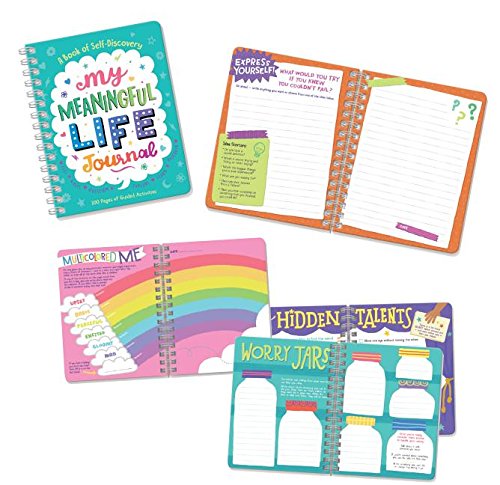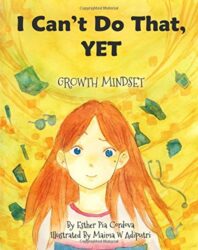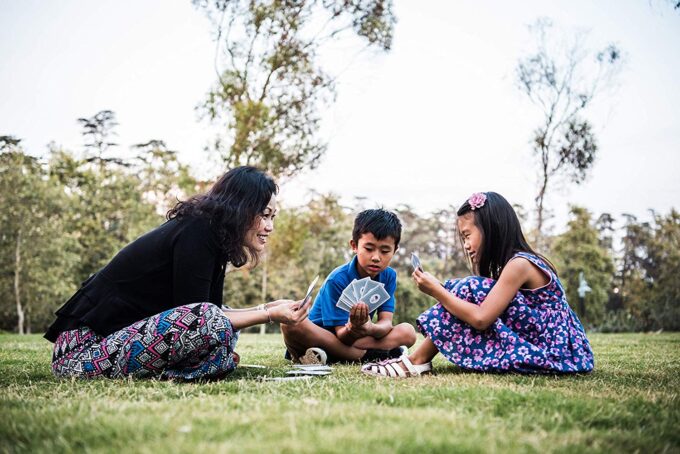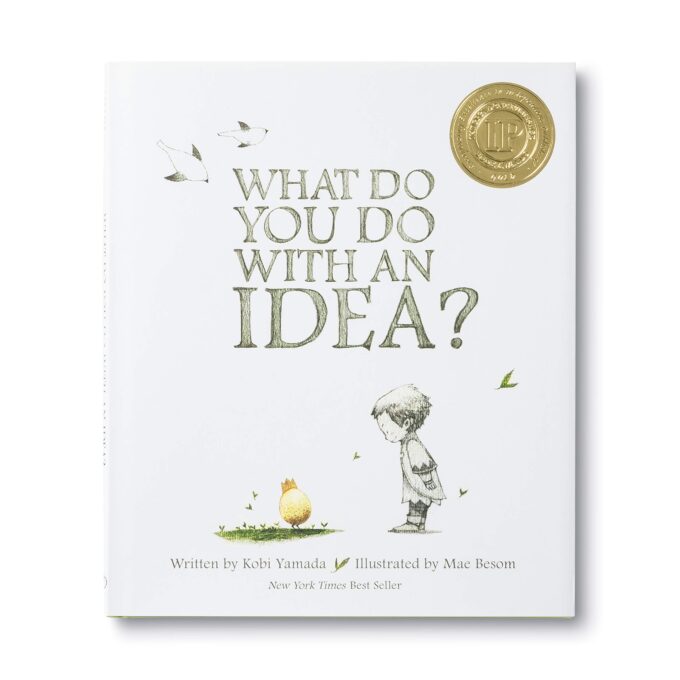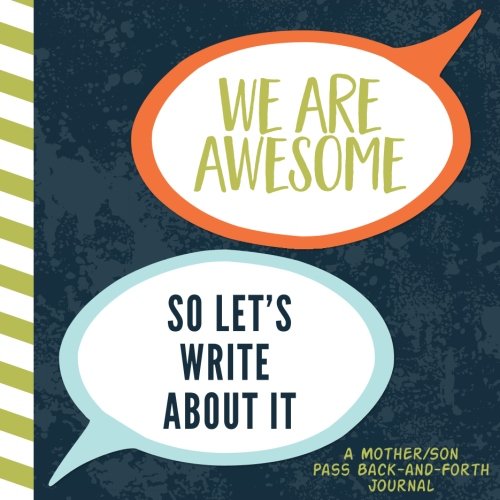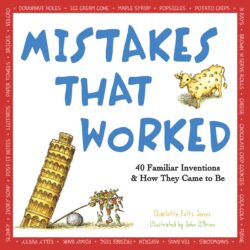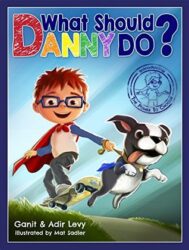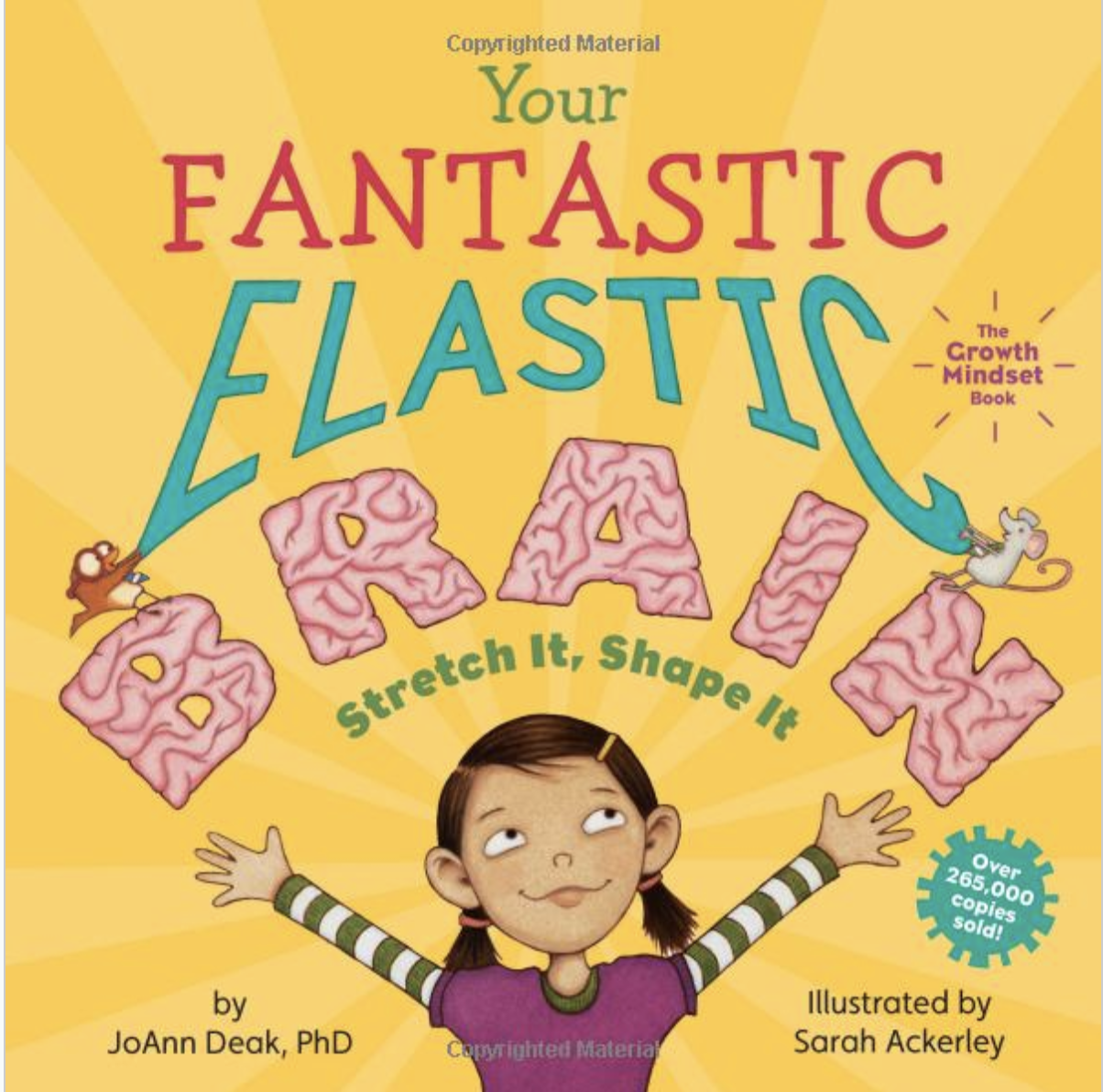This post may contain affiliate links. Please read our disclosure policy.
Did you know that if you teach kids to have a Growth Mindset, your children will be smarter, happier throughout life, healthier, more athletic, and more successful overall? Studies and statistics prove it.
Let me explain…
Picture this scenario: Your child comes home from school with an A+ on a paper. So many times, we want to say “That’s great! You are so smart!” (I’m guilty of this) but the truth is that it isn’t because they were born smart, it is because they worked hard, or they listened in class, or they studied.
Teach Kids to Have a Growth Mindset
It is the action of working hard to learn this new subject combined with the fact that they didn’t give up when it was hard that ultimately brought the outcome of the A+.
Praising the process & effort leads to persistence, eagerness to face challenges, and better overall performance. Praising the process is one way that we can teach kids to have a growth mindset.
When our son was in the fourth grade, his teacher worked on mindset. She wanted to teach kids to have a growth mindset, so each week, they had Growth Mindset work that they would do in class. I was new to hearing about it at the time, but I was curious because it was helping him.
He was setting goals, talking about his mistakes as being learning tools and not failures, imagining his future and the wonderful things that he would do when he was grown. I saw the benefit of teaching these children the power of a Growth Mindset.
What is Growth and Fixed Mindset?
Mindset is a simple idea discovered by world-renowned Stanford University psychologist Carol Dweck in decades of research on achievement and success—a simple idea that makes all the difference.”- MindsetOnline.com
“We all have beliefs about our own abilities and potential. These beliefs are part of our mindset which is so powerful it can fuel our behavior and predict our success. Mindset shapes our everyday lives, helping us interpret our experiences and future possibilities.
In her research at Stanford University, Dr. Carol Dweck identified two different types of mindsets: Growth Mindset & Fixed Mindset.
A fixed mindset is a belief that we are born with the skills and trails that we have, and we cannot change those. They believe that they are born being good at certain things at bad at others.
Example of a fixed mindset: “I’m a natural basketball player” or “I’m not a math person” or “I’m not good at skiing. I tried it before, and I kept falling.”
A Growth mindset occurs when we believe our intelligence and abilities can be improved with effort, determination, practice, and the right strategies.
Example of a growth mindset: “I played the game and did well. I will practice more and learn new plays so I can do better” or “I missed two on the math test – I want to see what I did wrong so I can correct it for the future.” Or “I’m not good at skiing, so I’m going to work at it more.”
Why is Growth Mindset Important?
“Developing the right mindset early on is crucial for a successful, happy life. When kids learn that putting forth effort and using the right strategies can help them get better at things, they feel empowered, and try harder.
When they know their brains are capable of growing, they are more confident, resilient, and are not afraid to fail! – biglifejournal
Developing a growth mindset and helping your child to do the same will be on the most important things that you will do for your child. The good news is that it is possible to teach kids to have a growth mindset.
Characteristics of Growth Mindset
Growth Mindset is strongly linked to greater happiness & higher achievement in life.
- Willing to confront challenges
- A passion for learning
- Viewing failure as a springboard for growth are all characteristics associated with a growth mindset.
- Willing to learn from criticism rather than ignoring it
- Work to overcome challenges rather than avoiding them
- Find inspiration in the success of others rather than feeling threatened.
- A belief that basic abilities can be developed with hard work and dedication.
- Enjoys learning new things, while also working to improve intelligence, talent, and skills.
This is why we want to aim to teach kids to have a growth mindset (and work towards developing our own growth mindset, as well, if we do not have one).
What is a Fixed Mindset?
“People with a fixed mindset believe that their fixed traits are just givens. They have a certain amount of brains and talent and nothing can change that. If they have a lot, they’re all set, but if they don’t… So people in this mindset worry about their traits and how adequate they are. They have something to prove to themselves and others.” -Mindset Online
It is believed that people default to a fixed mindset out of fear. The lack of confidence in their abilities and fear of the pain of growth often leads to a fixed mindset. When we allow our children to think that they have reached their potential, and when we praise their outcomes instead of the action & process that they used to get there, it promotes a fixed mindset.
The problem is that those with a fixed mindset are often unhappy and are reported to be greedy. Fixed mindset individuals react to setbacks in one of two ways: they either seek to blame others, or they fall into a pit of despair. Their reaction discourages or outright rejects the idea of personal growth, and thus leads to negativity, anger, and sadness.
Characteristics of a Fixed Mindset
A Fixed Mindset is linked to being more fearful, defensive, and unhappier all around.
- Unwilling to learn a new skill for fear of failure
- Mistakes are seen as failures rather than opportunities to learn and grow
- Fearful of new experiences
- Avoids risk
- Feels the need to prove oneself over and over repeatedly
- Believe they are born with a specific skill, talent, and level of intelligence; therefore, it cannot be changed.
- They spend more time proving their talent and intelligence instead of developing them
- A belief that talent creates success without effort.

It Is Possible To Teach Kids To have a Growth Mindset if they have a Fixed Mindset?
Yes. You can change your mindset and the mindset of your children. You can teach kids to have a growth mindset, which is going to help them in many areas of life.
“Fortunately, our mindset regarding certain aspects of our lives are malleable and are based on our choice of meaning we give to things.
If we consciously decide to develop a positive mindset, empowered by positive thinking together with an attitude of joyous expectance of only the best, we put ourselves in the correct frame of mind to propel ourself into proper action while anticipating and expecting successful outcomes.
Often when we do this, external events and circumstances seem to rush in to assist us with our intended result.
This knowledge is priceless.” – mindsets.com
Studies Prove When Children Have a Growth Mindset, They are Happier, Healthier, and Smarter.
Did you know that merely teaching a growth mindset will create productivity and motivation? It is proven in businesses, schools, and professional sports. When we teach kids to have a growth mindset, they begin to accomplish even the most unlikely goals.
It’s true. Studies prove that children with a growth mindset take more advanced classes in school, get better grades on tests, perform better athletically, and have fewer health issues than those with a fixed mindset.
When we teach children growth mindset lessons and help them to have a growth mindset, we not only improve their development, but we also help them to better their health, intelligence, skill level, ability to cope, and more. Having a Growth Mindset leads to more happiness and success overall.
Students With Growth Mindset Learn More and Have Better Grades
Research shows that a Growth Mindset helps students tremendously. When we teach kids to have a growth mindset they succeed in more areas that one.
In Dweck’s report, she points out how having a growth mindset leads to more success in school: “In our work with adolescents and college students, those with a fixed mindset say, “The main thing I want when I do my school work is to show how good I am at it.”
When we give them a choice between a challenging task they can learn from and a task that will make them look smart, most of them choose to look smart. Because they believe that their intelligence is fixed and they have only a certain amount, they have to look good at all times.
Those with a growth mindset; on the other hand, say, “It’s much more important for me to learn things in my classes than it is to get the best grades.” They care about grades, just as athletes care about winning the game, but they care first and foremost about learning.
As a group, these are the students who end up earning higher grades, even when they may not have had greater aptitude originally.
Our studies show that it is precisely because of their focus on learning that growth mindset students end up with higher performance. They take charge of the learning process. For example, they study more deeply, manage their time better, and keep up their motivation.
If they do poorly at first, they find out why and fix it. We have found that mindsets play a key role in how students adjust when they are facing major transitions. Do they try to take advantage of all the resources and instruction available, or do they try to act as though they don’t care or already know it all?
In a study of students entering an elite university, we found that students with a fixed mindset preferred to hide their deficiencies, rather than take an opportunity to remedy them—even when the deficiency put their future success at risk. – Carol S. Dweck
“Natural” Athletes Aren’t Always the Best – Mindset Matters in Sports
“Since so many people believe in natural talent, many professional coaches and scouts only look for naturals, paying huge amounts of money to recruit these individuals.
Unfortunately, many coaches look back with frustration when they suddenly realize that some of the most talented athletes, the “naturals”, never really achieved great success. Why aren’t these talented athletes successful? The real reason is that these athletes didn’t have the correct mindset.
Individuals with a fixed mindset simply think that their abilities and talents are fixed. They have what they have and that is it. With a fixed mindset, athletes often become so preoccupied with looking and being talented that they don’t realize their full potential.
Individuals with a growth mindset “think of their abilities and talents as things they’re able to grow and develop. They realize that with practice, instruction, and effort, they can realize their full potential.
The growth mindset recognizes talent, but it focuses on developing and building on talent instead of displaying talent and trying to simply coast along to success.
Athletes with a growth mindset grow, achieve, and learn far more than individuals that have a fixed mindset. Parents, trainers, and coaches need to praise the effort of their athletes instead of only praising the end result of the athlete’s actions.
This helps an athlete develop a growth mindset. By developing this way of thinking, it helps them succeed in their sport and in the rest of their life.” – Warrior Mind Coach
History Proves Mindset Makes a Difference
In a Growth Mindset, one believes that a person’s true potential is not known or seen because they can continue to develop that skill and unlock that potential with hard work, trial & error, mistakes and lessons, and years of dedication.
The following examples prove that through a growth mindset, individuals can unlock their potential. Through their perseverance and willingness to learn from their mistakes, they continue to grow & develop.
- CHARLES DARWIN was seen as an “ordinary kid.” He disliked & struggled with Latin. He enjoyed gathering things on walks & being in nature.
- WALT DISNEY had been told that he “lacked imagination and had no good ideas.” He was fired from the Kansas City Star in 1919 due to his ‘lack of imagination.’
- BEN HOGAN, was a professional golfer who is considered to be one of the greatest golf players in the history of the game. As a child, he was called uncoordinated and graceless. During his early years as a pro golfer, he lost many games and went broke more than once.
- ALBERT EINSTEIN didn’t speak until he was four and didn’t read until he was seven. He went on to win a Nobel Prize & is now famous for his take on modern physics.
- THOMAS EDISON used his growth mindset to continue working even after many thousands of failed attempts. He said: “If I find 10,000 ways something won’t work, I haven’t failed. I’m not discouraged because every wrong attempt discarded is another step forward.”
There are so many more stories like this, but it simply goes to show that we need to teach kids to have a growth mindset. The brain is so powerful.
Which Mindset Do You Have: Growth Or Fixed?
Whenever a problem occurs or a setback presents itself, how do you handle it?
- Do you blame others?
- Do you blame yourself and feel devastated by the setback?
- Do you feel discouraged and angry?
- Do you just want to give up & throw in the towel?
Or…
- Do you learn from your setbacks?
- Do you feel upset at the setback, but know that you will not give up?
- Do you try to understand why the setback happened so you can learn how to overcome it?
- Do you give yourself grace?
The first group of questions contains characteristics of those with a fixed mindset, while the second group is more characteristic of those with a growth mindset. We can teach kids to have a growth mindset by focusing on the second group- talking about them with our children.
Can You Have Both: Fixed and Growth Mindset?
We are not always 100% growth vs. fixed. Yes, we can teach kids to have a growth mindset, but our children, like ourselves, may not be 100% one way or another.
“You can have a growth mindset for intelligence and a fixed mindset for your personality, or vice versa. And in different situations, your mindset can change.”
“Mindsets are just beliefs,” Dweck explains. “They’re powerful beliefs, but they’re just something in your mind, and you can change your mind.”
What Are Ways To Develop A Growth Mindset?
- Do not hide from your weaknesses & imperfections… embrace them.
- Learn about the brain & how it works.
- Try new ways to learn until you find one that works for you
- Stop looking for others approval
- Reflect on how your day was and how you can better yourself.
- Plan your daily goals and your BIG goals in order to cultivate a sense of purpose.
- Value the process over the outcome
- Accept failure as a challenge and encourage problem-solving.
- Learn how to fail and see it as a good thing because you can learn from it
- Realize that learning is not a race – dive deeper and learn more.
When we teach kids to have a growth mindset, they have the wonderful advantage of determination. When we help to instill Growth Mindset in our children, they gain the drive & determination to better themselves and eventually turn their goals will be their reality.
How Do We Teach Growth Mindset To Children?
Teach Kids to Have a Growth Mindset by trying a few of the following steps and by spending time each day talking with your child and being a wonderful role model. You are welcome to download this chart.
- Teach Your Child About The Brain.
Can you explain Growth Mindset in teaching? Yes. Read books, talk about the brain, explain growth vs. fixed mindset. Teach the children how it works, how intelligence is not fixed. Talk about how the brain grows through hard work, practice, and effort (just like a muscle in your body).Example: You aren’t born good at math, and it is hard at first, but you pay attention in class, work hard, and you learn. Soon, you find that you are thriving in math class.
.
The Most Important Thing That You Can Do is To Talk To Your Children & Teach Them. Use this chart to find ways to spend time with your child so you can teach, model and talk to your child.
- Model A Growth Mindset
If something is hard, tell your child that it is hard, but that you are not giving up. Talk about the difference between fixed and growth mindsets and how you are working towards having a growth mindset. If you have success, let them know that the success was due to trial and error, persistence, and hard work. - Praise the Process, Not the Outcome
When you teach kids to have a growth mindset, it is important to focus on the process, not the outcomes. Focus on the HOW, not the WHAT.
How did they get there?
How did they do it?
How can they try it differently?
How can they get to where they want to be & reach their goals?
Remind your child that they did well because they prepared. Everyone has a certain starting point, but it is where they go from there that matters. This type of praise (praising the process) reminds children they achieved success because they worked hard. They were not born with the ability to do ____, but they learned it. - Get Excited About Mistakes
If you make a mistake, let your child know so that he can see you working through it. If he makes a mistake, embrace it. Let them know that everyone makes mistakes, and it’s all part of the learning process on the way to their goal. - When They Struggle
Remind them that learning something new takes time and encourage other ways to try it or to be involved. Remind them how far they have come and try to discuss new ideas that they can try to achieve their desired outcome.
Commit to the Process with “Process Praise”
“Instead of worrying about winning the championship, commit to the process of training like a champion.
Instead of worrying about writing a bestselling book, commit to the process of publishing your ideas on a consistent basis.
Instead of worrying about getting six-pack abs, commit to the process of eating healthy each day.
It’s not about the result; it’s about building the identity of the type of person who gets to enjoy those results.” – James Clear
10 Growth Mindset Books for Kids ↓
Growth Mindset Books and journals for kids are an amazing way to teach our children. I use them daily in our house to help our children.
Unlike the “false growth mindset” which praised a child for success or failure, as long as they tried… concentrating on actual growth mindset will help the child think about why he failed and how to do better next time.
These resources to Teach Kids to Have a Growth Mindset will help…
Resources to Teach Kids to Have a Growth Mindset
Teach Kids to Have a Growth Mindset by using some of the resources, books, and journals that cultivate a growth mindset. I am sharing 10 wonderful resources for teaching Growth Mindset through my Amazon Affiliate link. While I have not tried all of these tools, they have all been suggested to me from people whom I trust.
These resources could easily work as lesson plans to encourage a child to think past their doubts about their basic qualities or fixed traits and instead promote a growth mindset.
Big Life Journal – We have this & I love using it with our kids. It’s a wonderful resource to teach kids to have a Growth Mindset!
This Growth Mindset for Kids journal is so much more than just a journal! It is packed with stories, poems, pictures, and writing prompts that are all geared towards helping your children be inspired to reach their potential and build their self-confidence.
My Meaningful Life Journal – Do you have a budding journalist or writer on your hands? This Meaningful Life Journal is a great way to teach your kids to have a growth mindset & think introspectively and reflect on the events of their lives! This mindset kit is filled with pages for documenting their worries, writing goals for themselves, and just documenting their day-to-day lives, this journal is a great way to encourage your kids to express themselves!
I Can’t Do That YET – While this book is geared towards kids ages 4-8, there is definitely a lesson to be learned by kids of all ages (and adults too!). Teach your kids to have a growth mindset by teaching them that they can (and will!) reach their goals, even if they can’t reach them YET.
52 Essential Conversations: The Life Skills Card Game – Get your kids back into the school mindset with this fun, family game! Social-emotional skills are as necessary for success as academic skills and these cards will help build your child’s self-esteem, develop critical thinking skills, and help them to have a deep understanding of having a growth mindset!
What Do You Do With an Idea? – My kids LOVE this book for the wonderful story and the beautiful pictures, I love it for the sweet lessons it teaches. Inspire your kids to watch their small ideas grow into something amazing! It’s a great book to teach kids to have a growth mindset.
Woodland Animals Inspirations Posters – These adorable posters are the PERFECT decoration for your kids’ bedroom, playroom, or homework station! Help your little ones remember to smile every day and believe in themselves!
Just Between Us Journal – This journal creates a beautiful bond and fun activity between a mother and daughter (boy moms – check out the next link!!). With writing prompts and fun quizzes, moms and daughters will cherish this journal for years to come!
We Are Awesome, So Let’s Write About It – Boy moms… this one is for you. A pass-back-and-forth-journal for you to share with your son, this fun new tradition is sure to strengthen your bond and cause lots of laughs!
Mistakes That Worked – Did you know that potato chips started out as a total accident? Imagine if that mistake never happened?! This book teaches the important lesson that mistakes can be built upon and greatness can come through the unexpected, which is a great way to teach kids to have a growth mindset.
What Should Danny Do? – This book is SO FUN. A choose your own adventure style book, What Should Danny Do? allows your kids to make decisions for Superhero-in-Training, Danny. They will ultimately see how their decisions for him help to shape his day and in turn, they’ll learn how their daily decisions can change the outcome of their lives!
Your Fantastic Brain is a book written by Joann Deak. You can teach kids to have a growth mindset by teaching them about the brain. It is awarded as one of the best growth mindset books for kids, Your Fantastic Elastic Brain: Stretch It, Shape It teaches all the ways that the brain can develop with exercise, just like the rest of our bodies. Educator and psychologist Dr. JoAnn Deak offers a fun and engaging introduction to the anatomy and functions of the brain that will empower each young reader to S-T-R-E-T-C-H and grow their fantastic, elastic brain!
It is a hope that my children continue to learn about Growth Mindset in school this year. I will be sending in some of these tools with their school supplies this year, as a little gift for their teachers. You can find many books & resources, as well as our kid-picked favorite back-to-school products on Amazon.com/happy-school-year/
Let me leave you with a few quotes to inspire you…
- “It’s not that I’m so smart, it’s just that I stay with problems longer.” -Albert Einstein
- “I can accept failure, everyone fails at something. But I can’t accept not trying.” – Michael Jordan
- “Many of life’s failures are people who did not realize how close they were to success when they gave up.” – Thomas Edison
- “Twenty years from now you will be more disappointed by the things you did not do than by the ones you did. So… sail away from the safe harbor. Explore. Dream. Discover.” – Mark Twain
The Most Important Thing That You Can Do it To Talk To Your Children & Teach Them. Use this chart to find ways to spend time with your child so you can teach, model and talk to your child.
(I’ll use your email address to send you the chart).
RELATED:
Kids obsessions with dinosaurs or trucks will make them smarter!

